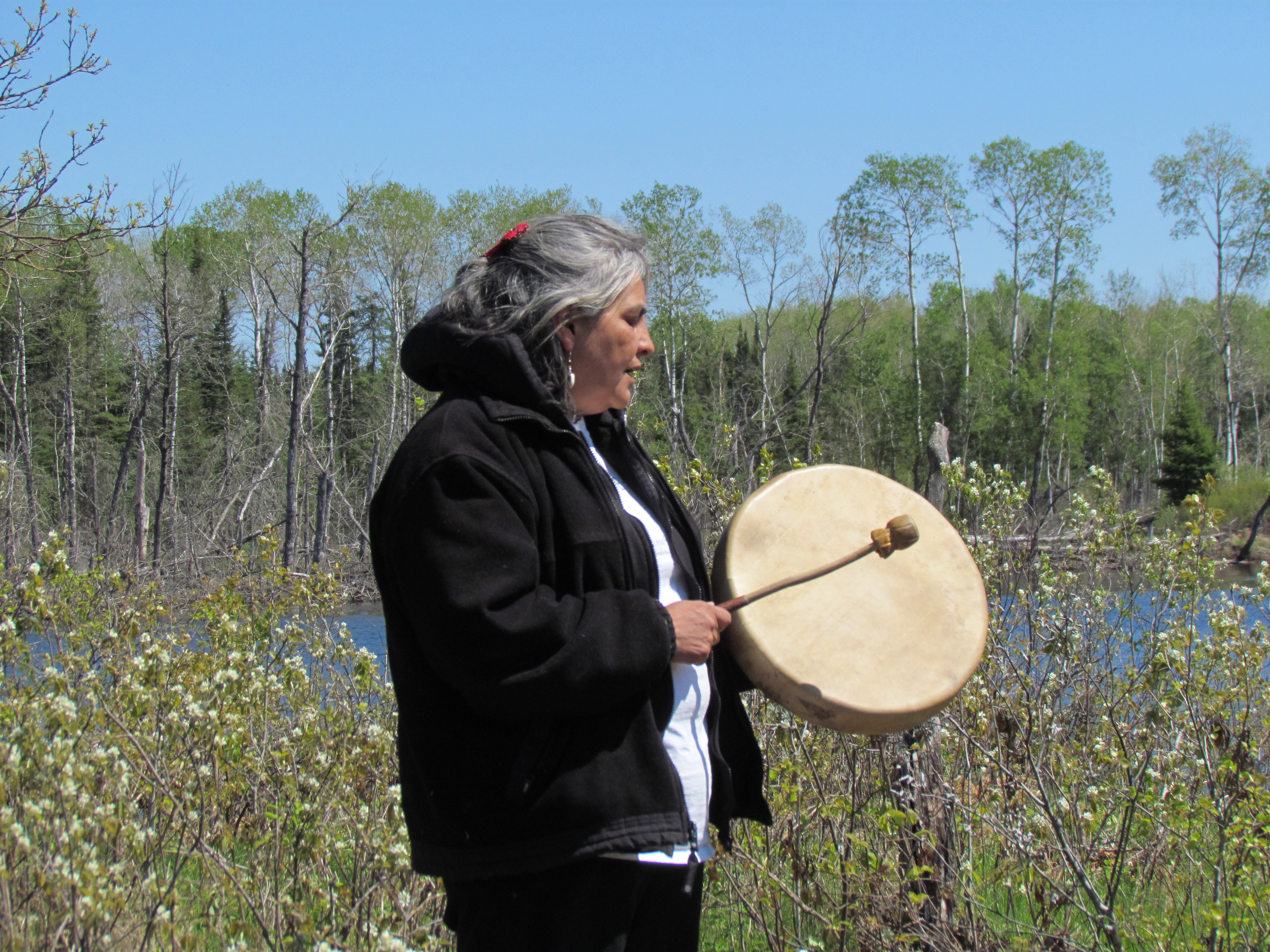Creation of Pimachiowin Aki Corporation: a multi-level and multi-stakeholder partnership
Honouring the wisdom, vision, and ki ki no mah gay win (teachings) of the Elders to guide use of the land and respectful relations between each other and with the land
Establishing knowledge systems dialogue between Indigenous peoples and Western scientists in land management and planning
Intergenerational and inclusive approaches to participation in communities’ dialogue
Building a participatory monitoring and reporting system on the state of conservation in the World Heritage Site
